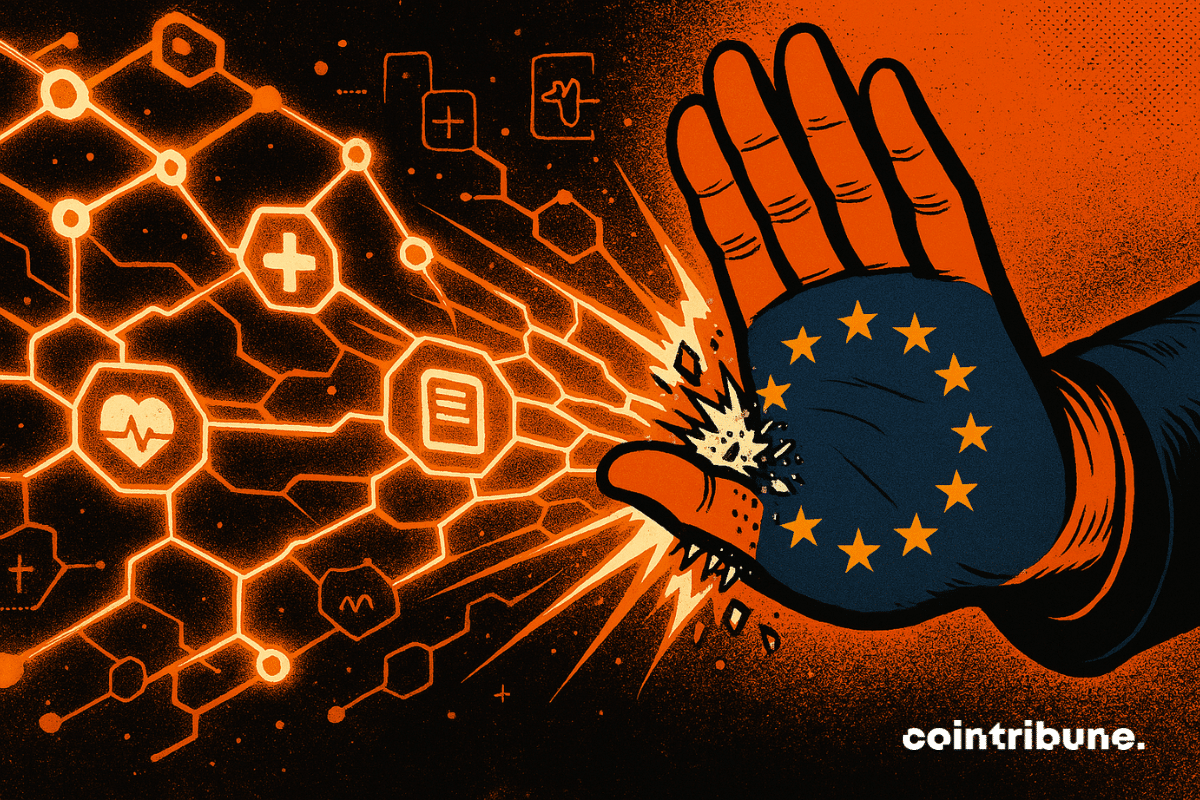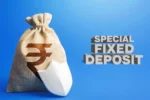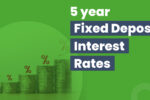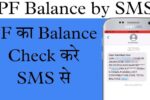European patina. Where Asia is experimenting and the United States invests again, the old continent postpones. Blockchain, which carries huge potential for the health sector, proceeds in Europe as a snail on the highway. Is this slow asking an embarrassing question: Is technological disruption truly perceived as a priority for European leaders?
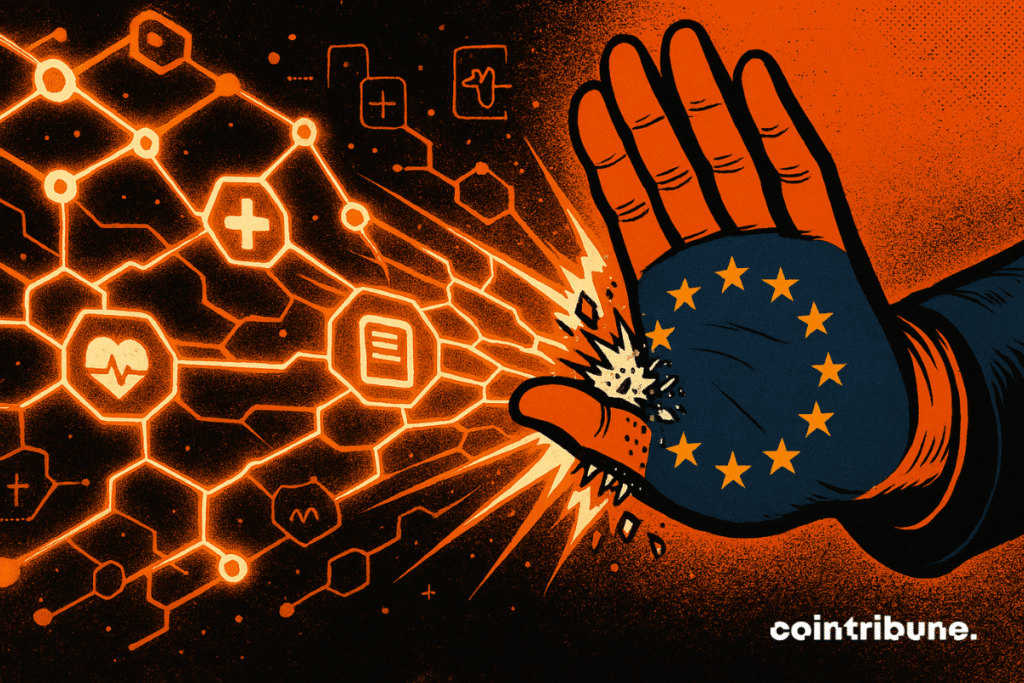
In short
- Other countries innovate, the EU multiplies regulations.
- Europe remains Dissited Technological Patchwork.
- Blockchain in the medical sector suffers from amalgams with cryptocurrencies.
Paralyzing regulations in spite of the right intentions
European regulation designed to clarify, eventually discourages. The regulation of the mica wanted to harmonize the marketBut he scares little actors. The weight of administrative requirements kills a number of initiatives in the egg. ” In particular, startups do not want to fight in a legal jungle »Underlines Volker Nürnberg, professor in Munich.
In Germany there is a cartoon. Projects, such as electronic orders, have never been deployed. AND GDPRBut on the basis of commendable principles becomes One more barrier. Blockchain works on transparency when regulations require erase. For Lukas Weiderner, this contradiction is difficult:
These regulations may cause Germany to lose its place in the global development of technology.
We hope that this strictness will become a competitive advantage. To date, however, it acts primarily as a brake.
Broken Europe, Parts Market
The strategy differs within the European border. Estonia digitizes its condition with blockchainGermany is experiencing a digital identity, Switzerland attracts Unicorns cryptos. But this technological patchwork damages consistency.
Result: Systems unable to communicate with each other. ” Fragmentation complicates Mr. -European projects »Again flipping through Nürnberg.
PUSH healthIt remains in part ultra -regulated fieldLittle in favor of courage. Yet blockchain could transform everyday life: secure data sharing, integrity of clinical evaluation, drug traceability.
Without a common framework, these promises remain a dead letter. Even worse: Each country stores its standards, which is almost impossible projects of cross guarantee. The technology to connect data in Europe is prevented by administrative borders.
Blockchain: a tilted image, misunderstood potential
Blockchain suffersSulfur. Too often he assimilated with crypto speculation, inspires distrust than enthusiasm. ” Some officials still see blockchain as a digital casino », Leaves an expert.
Still, In the medical sector there are cases of use solid. Patient non -controlable files, secure teleconstructions, automation of reimbursement through intelligent contracts, etc. The country is fertile. But gardeners are missing. Fear of an unknown, reinforced Crypto scandalsblocks institutional curiosity. Even the potential environmental benefits of some blockchains cannot convince.
Weidner ignites the leg in the bowl:
The perceived energy consumption of blockchains discourages the decisions -mostly, especially if sustainability is a priority.
Amalgam is unfair but real. And if innovation is perceived as a risk rather than an opportunity, it will not find fertile soil.
It is no coincidence that South Korea or the United States are getting forward. There, we finance, test, modify. We regulate in Europe. Many observers agree: The EU gives a picture of a bureaucratic continent, quickly oversees slow innovation. Talents are spinning, migrating projects, standards are set elsewhere. And comments of Europe. If he wants to weigh tomorrow, he will have to dare today. Without this, blockchain will only be a failed meeting in health.
Maximize your Cointribne experience with our “Read to Earn” program! For each article you read, get points and approach exclusive rewards. Sign up now and start to accumulate benefits.
Blockchain and crypto revolution! And the day when the impacts will be felt on the most vulnerable economy of this world, I would say against all the promises that I was there for something
Renunciation
The words and opinions expressed in this article are involved only by their author and should not be considered investment counseling. Do your own research before any investment decision.

